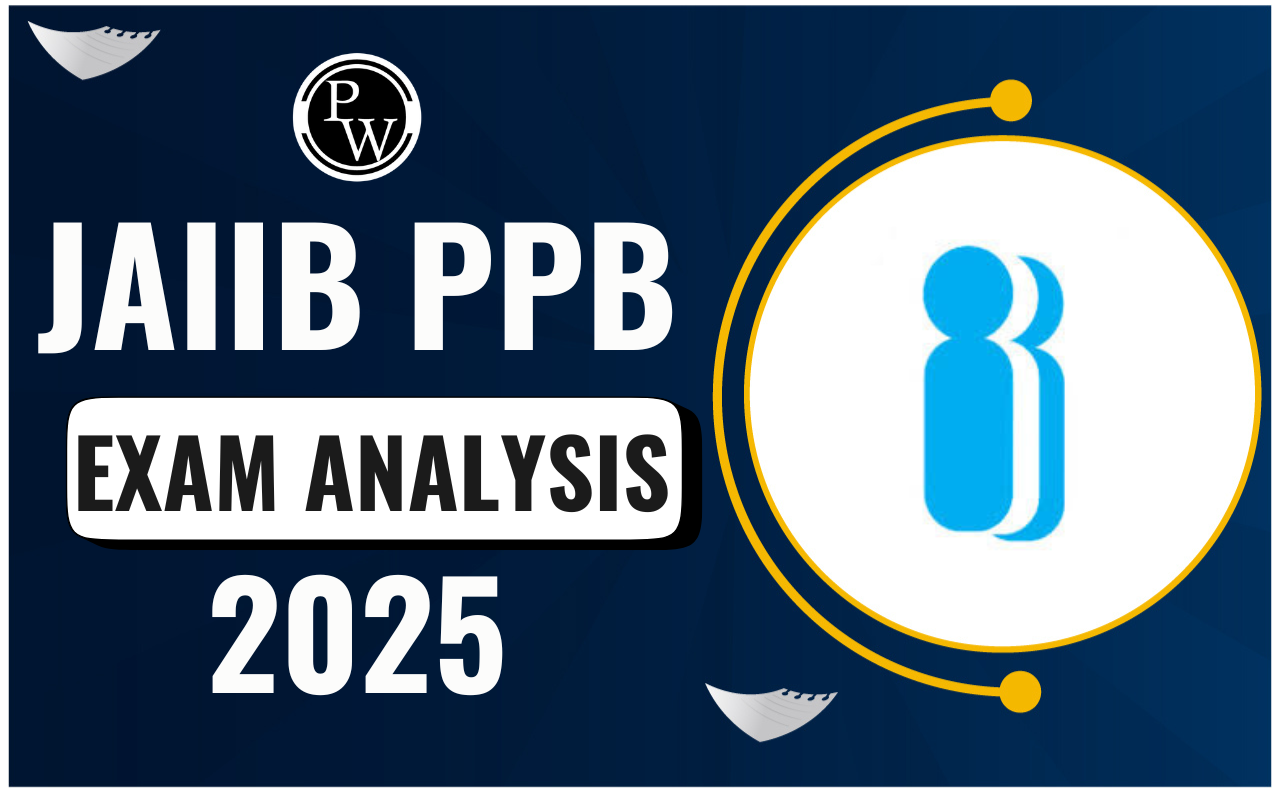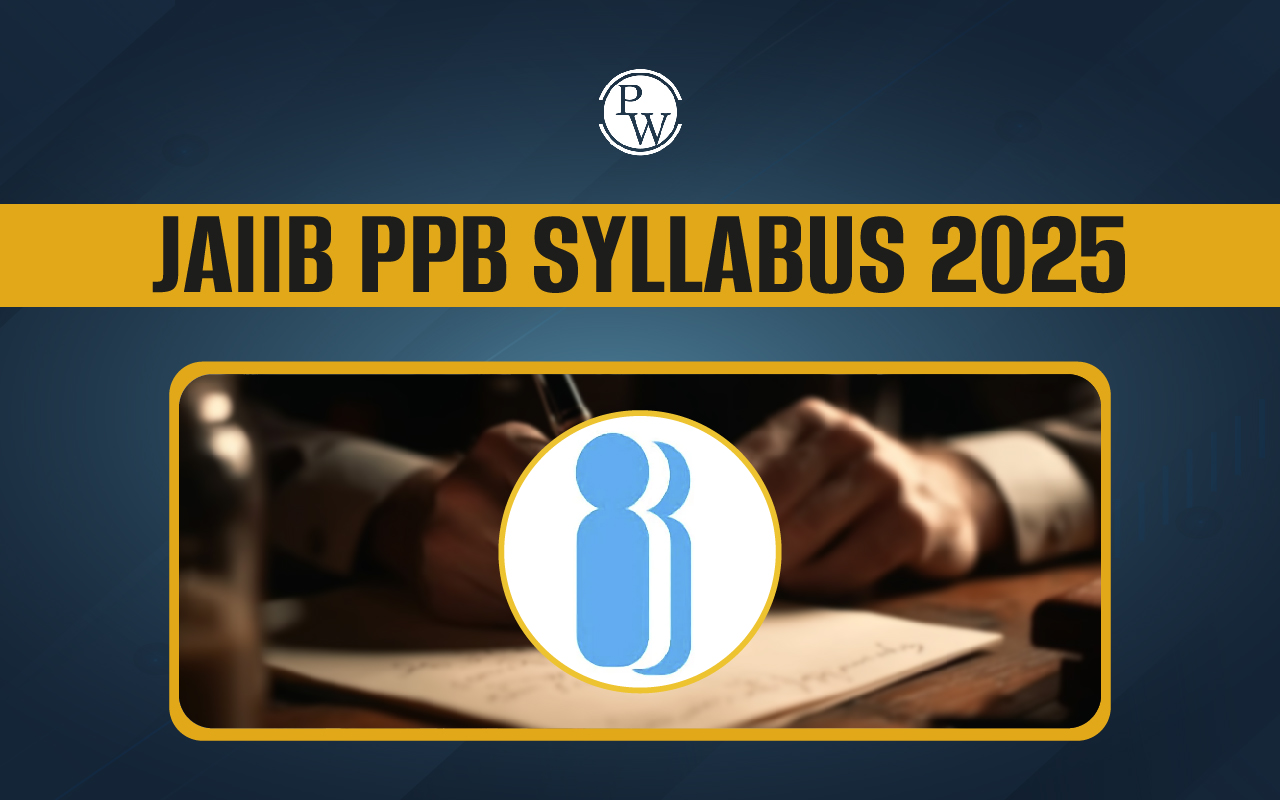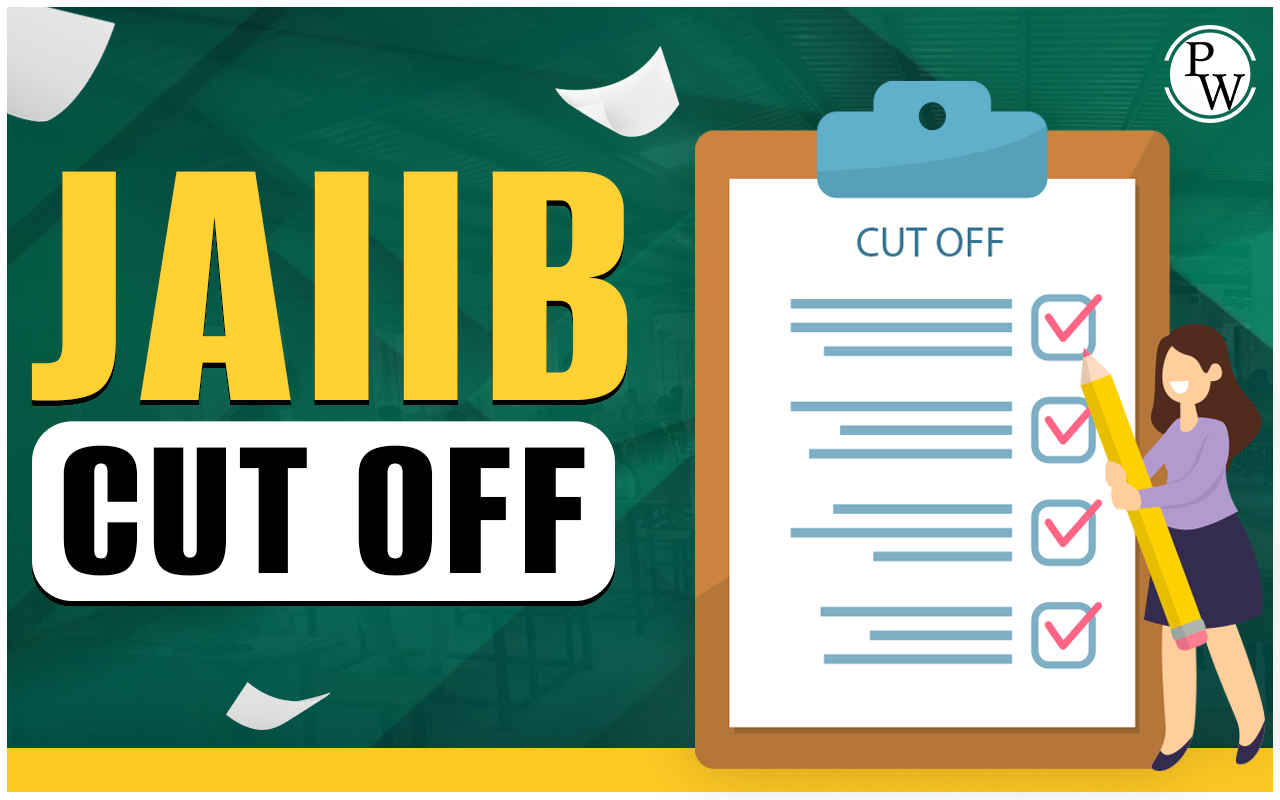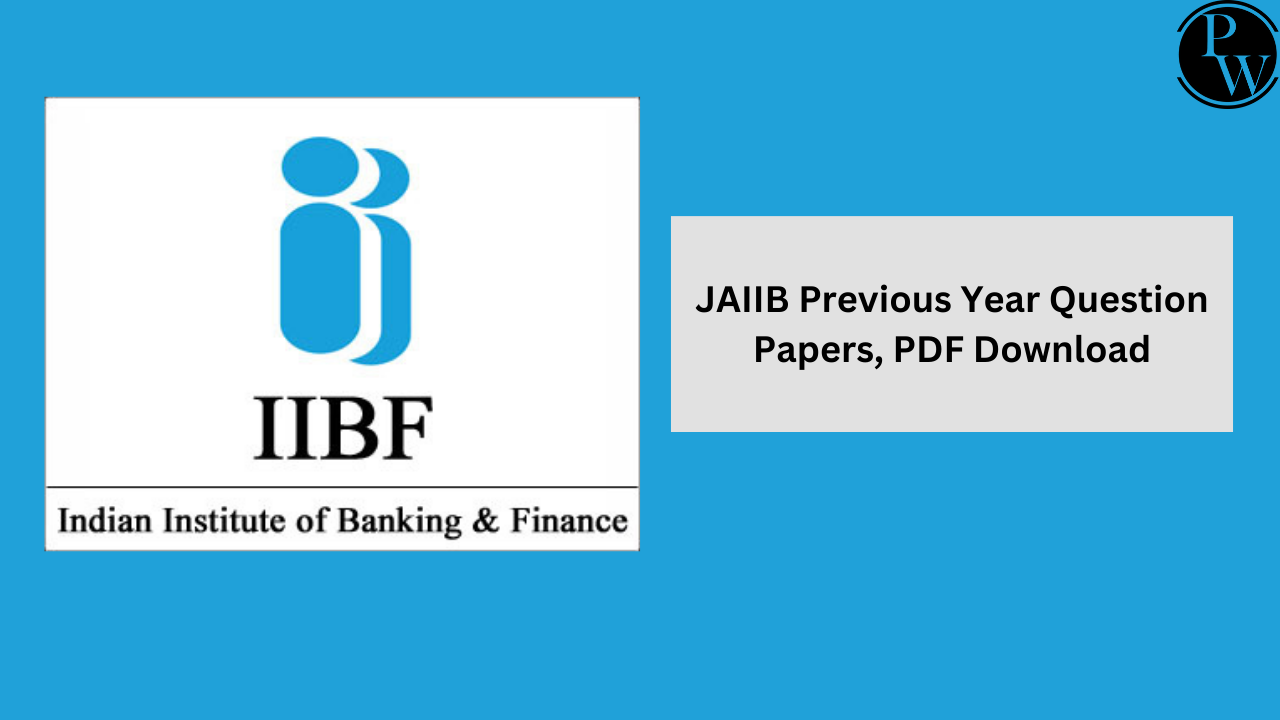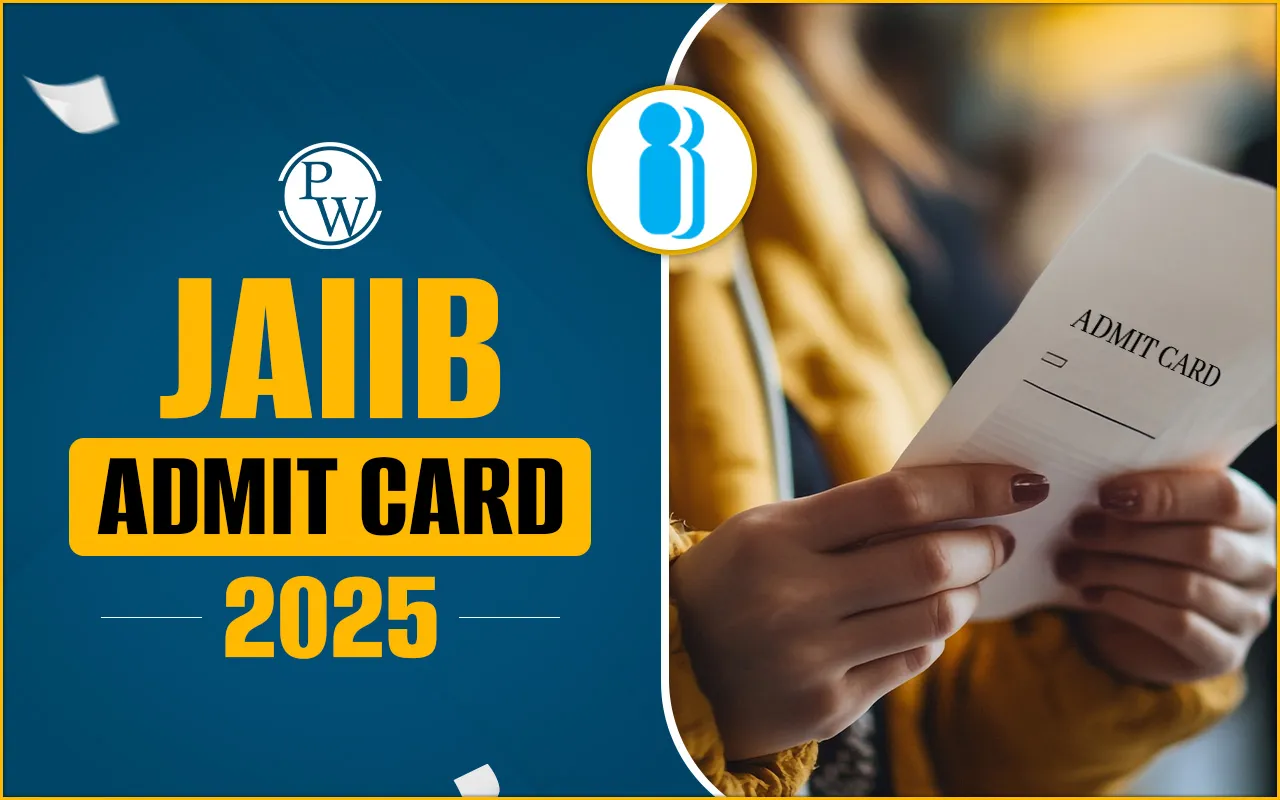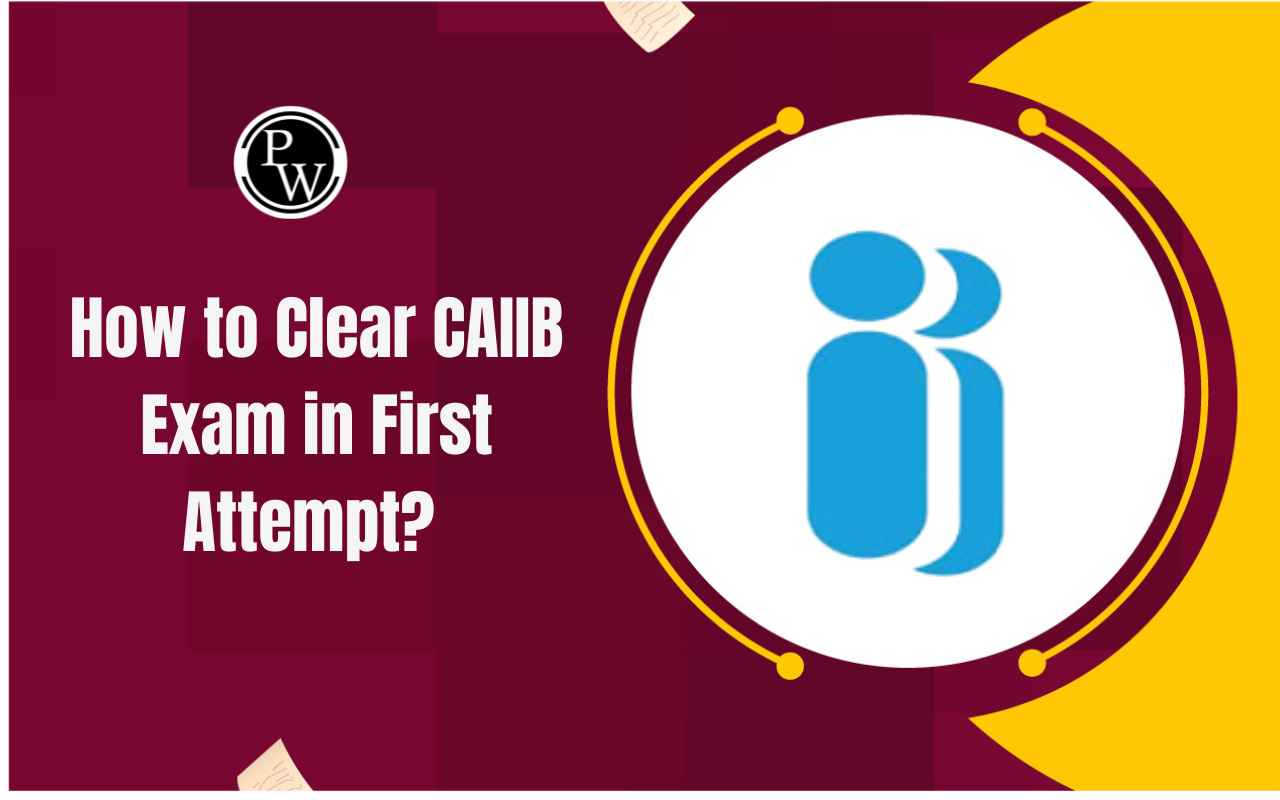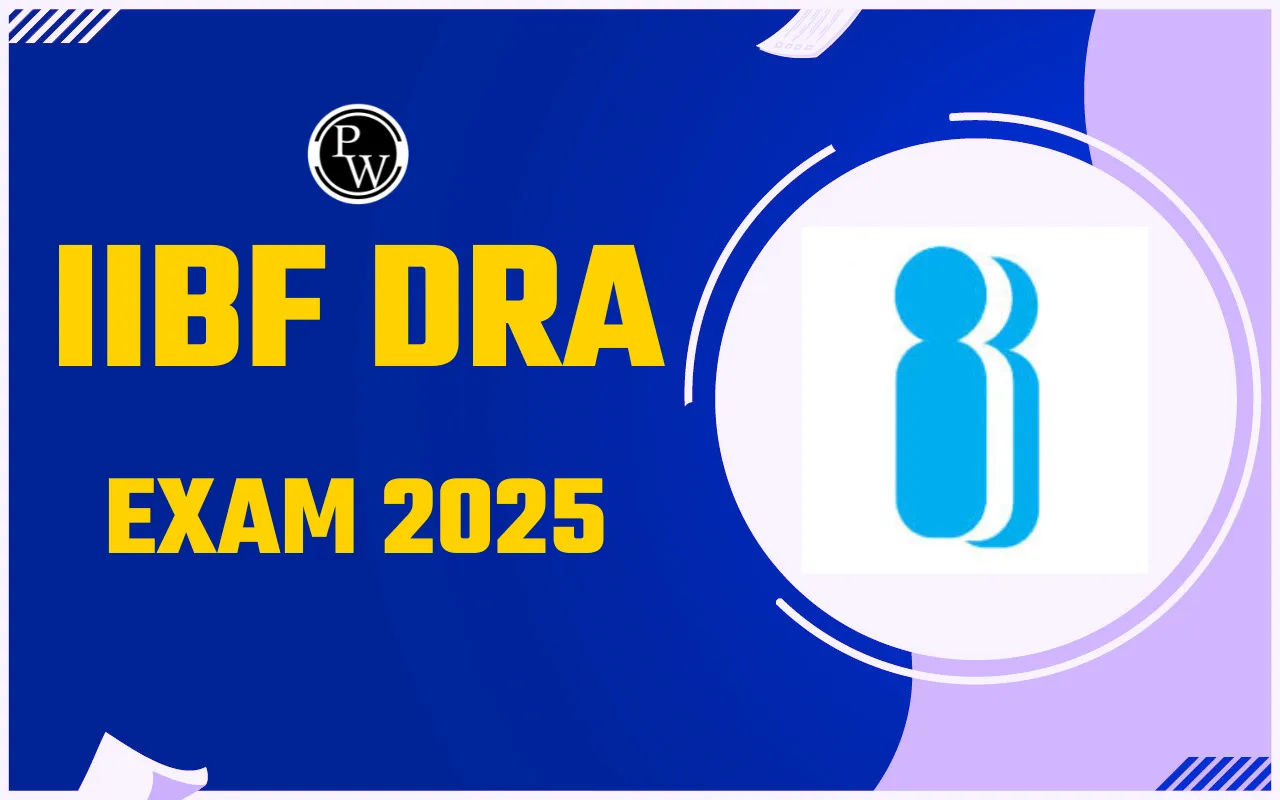
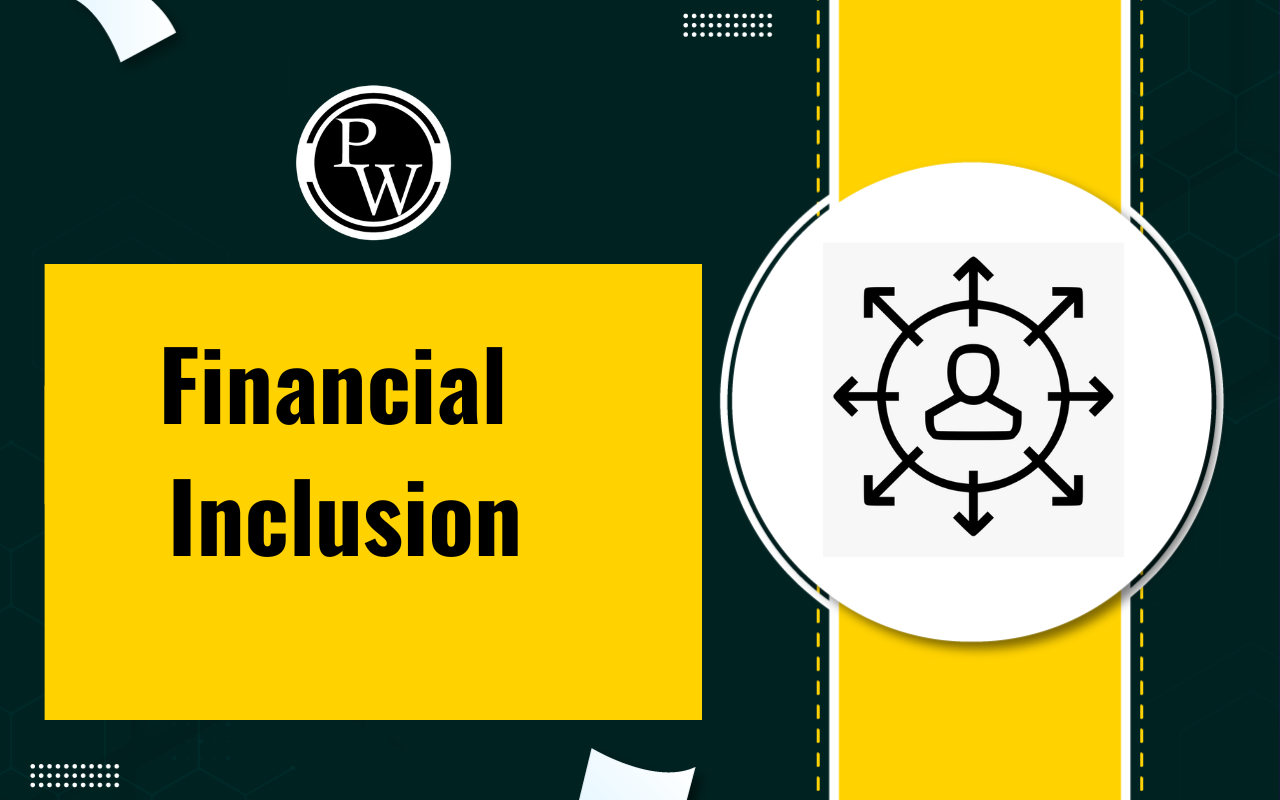
Financial Inclusion: Financial inclusion means that individuals and businesses have access to useful and affordable financial products and services that meet their needs - transactions, payments, savings, credit and insurance - delivered responsibly and sustainably. 7 out of 17 Sustainable Development Goals identify financial inclusion as an enabler.
The G20 pledged to promote financial inclusion globally and reaffirmed its commitment to implementing the G20 High-Level Principles on Digital Financial Inclusion. The World Bank Group views financial inclusion as a key factor in reducing extreme poverty and increasing shared prosperity.
Financial Inclusion
Financial access makes everyday life easier and helps families and businesses plan for everything from long-term goals to unexpected emergencies. As account holders, people are more likely to use other financial services, such as credit and insurance, to start and expand businesses, invest in education or health, manage risk, and withstand financial shocks that can improve their overall quality of life. Financial Inclusion can be defined as the process of ensuring access to financial services and timely and appropriate credit to vulnerable groups such as weaker and low-income groups joint efforts of governments, regulatory bodies, and civil society have helped to increase the economic inclusion of the country. The financial inclusion situation has improved considerably over time. However, financial inclusion has not reached the poorest and there are many bottlenecks and challenges that require immediate attention. So there is both a great need and an opportunity to capture the unbanked population and bring them into the financial net.Financial Inclusion Initiatives
Jan Dhan-Aadhar-Mobile (JAM) Trinity
- The combination of Aadhaar, PMJDY, and the growth of mobile communication has transformed citizens' access to government services.
- As of March 2020, the total number of beneficiaries of the Jan Dhan program was estimated at over 380 million.
- Significantly changing the concept of identity for individuals, Aadhaar has not only brought about a secure and easily verifiable system but also a system that is easily accessible and helpful in the process of financial inclusion.
- The government has also launched many flagship programs to promote financial inclusion and provide financial security to empower the poor and unbanked in the country.
- These include Pradhan Mantri Mudra Yojana, Stand-Up India Scheme, Pradhan Mantri Jeevan Jyoti Bima Yojana, Pradhan Mantri Suraksha Bima Yojana and Atal Pension Yojana.
Expansion of Financial Services in Rural and Urban Areas
- Reserve Bank of India (RBI) and the National Bank for Agriculture and Rural Development (NABARD) have taken initiatives to promote financial inclusion in rural areas.
- These include opening bank branches in remote areas.
- Issuance of Kisan Credit Cards (KCC)
- Linking of Self-Help Groups (SHG) with Banks.
- Increase the number of ATMs
- Correspondence model of banking etc. companies.
Promotion of Digital Payments
- With NPCI-approved Unified Payments Interface (UPI), digital payments have increased. safe compared to before.
- Aadhar Enabled Payment System (AEPS) enables access to Aadhar Enabled Bank Account (AEBA) anywhere, anytime through a micro-ATM.
- The payment system has become more accessible thanks to platforms enabling offline transactions, such as Unstructured Supplementary
- Service Data (USSD), which makes it possible to use mobile banking services even without the Internet, even with a basic mobile phone.
Improving Financial Literacy
- The Reserve Bank of India has launched a project called "Project Financial Literacy".
- The aim of the project is to convey information about the central bank and general banking concepts to various target groups including school children, women, rural and urban poor, armed forces, and the elderly.
- Pocket is the flagship of the Securities and Exchange Board of India (SEBI) and the National Institute of Securities Markets (NISM), which aims to increase financial literacy among school children.
- The aim is to help school children understand the value of money and the importance of saving, investing, and financial planning.
Financial Inclusion Through Financial Technology (FinTech)
FinTech (financial technology) is the use of advanced technology in the financial sector. There are several FinTech companies in India that are constantly working to make it easier to offer financial services to their customers.- To improve financial inclusion in India, FinTech companies are helping rural individuals apply for loans from authorized sources through mobile phones.
- Some of the latest FinTech options used by individuals include crowdfunding, peer-to-peer networks, e-wallets, etc.
- FinTech companies have succeeded in providing financial services to disadvantaged people at little or no cost.
Financial Inclusion Through Digital Payment Systems
People in the most vulnerable positions can also pay for services in their neighborhoods through digital banking and electronic payment wallet systems. Several e-wallet systems in the form of smartphone apps include BHIM (Bharat Interface for Money), Aadhaar Pay, etc. Many digital financial tools also offer attractive offers and discounts in return. They prove to be very useful and novel for the economically weaker section of society. Cashback opportunities, rewards, offers, etc. help to save a lot of money.Digitization of Financial Transactions
The Government of India plans to conduct millions of digital financial transactions this year and in the coming years using IMPS (Instant Payment Service), UPI (Unified Payment Interface), and Aadhaar Pay. , BHIM and NEFT (National Electronic Fund Transfer), etc. To promote financial inclusion, the government plans to make digitization mandatory in colleges, traffic offices, petrol pumps, hospitals, etc. to arrange receipt of service fees through online formats.Financial Inclusion FAQs
Q1. What is Financial Inclusion?
Ans. Financial inclusion means that individuals and businesses have access to useful and affordable financial products and services that meet their needs - transactions, payments, savings, credit and insurance
Q2. What are the financial inclusion strategies by the government?
Ans. Financial inclusion through digitization of monetary transactions, FinTech, digital payment systems, and the schemes and initiatives are some of the strategies by the government.
Q3. Which are some of the popular schemes by the government for Financial Inclusion?
Ans. Kisan credit card, PMJDY, APY, CEGS, PMVVY, PMSBY, and VPBY are some of the most popular schemes started by Government of India for financial inclusion.
🔥 Trending Blogs
Talk to a counsellorHave doubts? Our support team will be happy to assist you!

Free Learning Resources
PW Books
Notes (Class 10-12)
PW Study Materials
Notes (Class 6-9)
Ncert Solutions
Govt Exams
Class 6th to 12th Online Courses
Govt Job Exams Courses
UPSC Coaching
Defence Exam Coaching
Gate Exam Coaching
Other Exams
Know about Physics Wallah
Physics Wallah is an Indian edtech platform that provides accessible & comprehensive learning experiences to students from Class 6th to postgraduate level. We also provide extensive NCERT solutions, sample paper, NEET, JEE Mains, BITSAT previous year papers & more such resources to students. Physics Wallah also caters to over 3.5 million registered students and over 78 lakh+ Youtube subscribers with 4.8 rating on its app.
We Stand Out because
We provide students with intensive courses with India’s qualified & experienced faculties & mentors. PW strives to make the learning experience comprehensive and accessible for students of all sections of society. We believe in empowering every single student who couldn't dream of a good career in engineering and medical field earlier.
Our Key Focus Areas
Physics Wallah's main focus is to make the learning experience as economical as possible for all students. With our affordable courses like Lakshya, Udaan and Arjuna and many others, we have been able to provide a platform for lakhs of aspirants. From providing Chemistry, Maths, Physics formula to giving e-books of eminent authors like RD Sharma, RS Aggarwal and Lakhmir Singh, PW focuses on every single student's need for preparation.
What Makes Us Different
Physics Wallah strives to develop a comprehensive pedagogical structure for students, where they get a state-of-the-art learning experience with study material and resources. Apart from catering students preparing for JEE Mains and NEET, PW also provides study material for each state board like Uttar Pradesh, Bihar, and others
Copyright © 2025 Physicswallah Limited All rights reserved.
Get App



